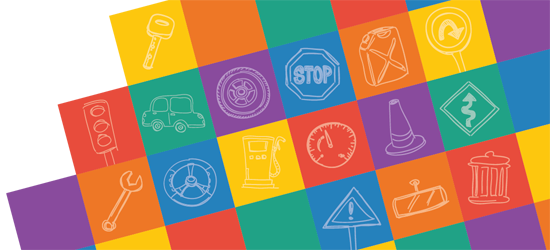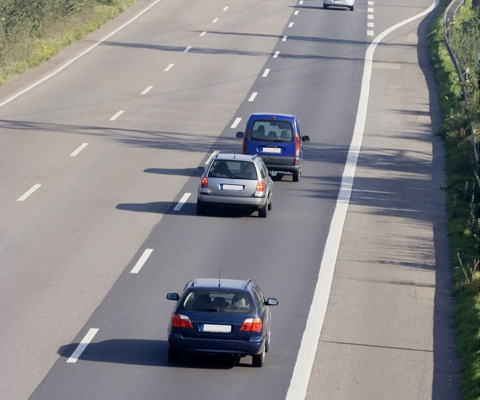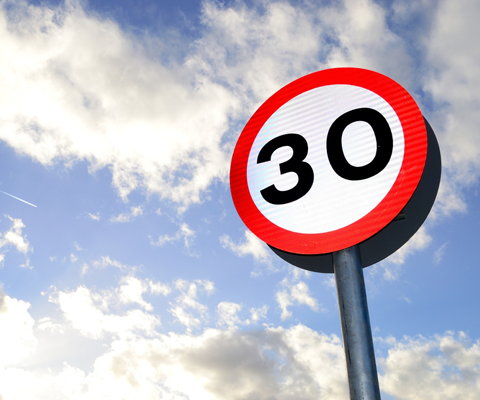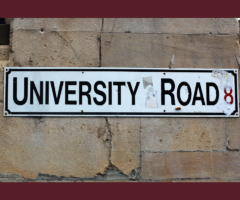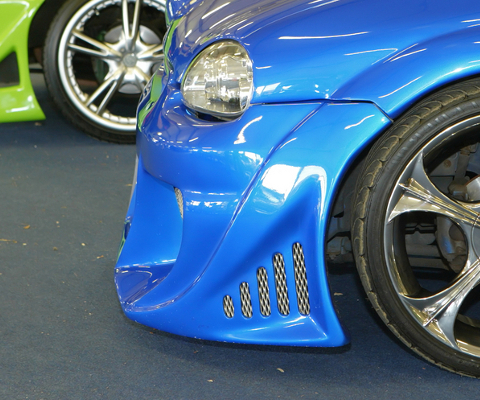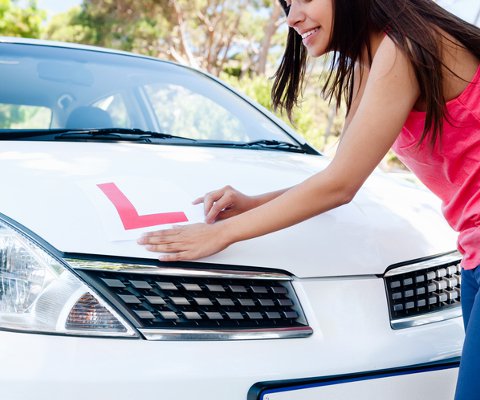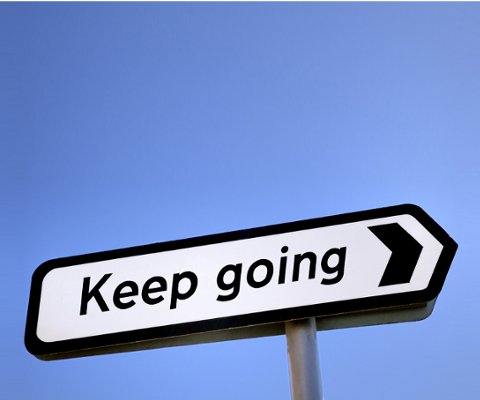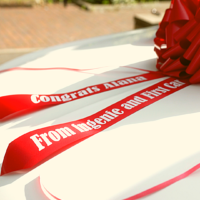
How to stop a car
When you first get behind the wheel of a car, 20mph feels more like 100mph.
One day you'll be the one stuck behind a learner on your way to work, but for now you're going to spend a lot of time feeling cautious with your foot hovering over the brake and your knuckles white from gripping the steering wheel.
Knowing - and actually BELIEVING - that you can stop a car safely will give you a lot more driving confidence.
Stopping safely
When you're coming up to a junction or a set of traffic lights, you should have plenty of time to stop your car safely. If you stay aware of what's happening around you, you'll have enough time to take your foot off the accelerator, before braking gradually.
Brake more firmly as you're preparing to stop, and press your clutch down. Just as your vehicle is coming to a stop, ease the pressure off your brakes while maintaining the pressure on the clutch to avoid a sudden jerky stop.
If you’re stopping for more than a second, put the handbrake on. This is good practice for the driving test, so use your handbrake even if you're not on a hill.
This will also make you work on your moving off process more.
1. Plan where to stop
2. Observe and indicate
3. Lose acceleration
4. Brake lightly
5. Brake more firmly
6. Press clutch down
7. Put on handbrake
8. Turn off indicator
9. Gear into neutral
The emergency stop
If you need to perform an emergency stop, try not to panic. Doing an emergency stop can feel quite scary, but your driving instructor will make sure you get plenty of practice.
It’s very important that you do the emergency stop immediately and don’t do your usual mirror check. Your instructor or examiner will have made sure it’s safe for you to stop.
How to do it:
Quickly take your foot off the accelerator, then STAMP on your brake and keep the car straight with both hands on the steering wheel - gripping firmly to brace yourself.
Just before you stop, press down the clutch. Once the car is stopped, keep the clutch and brake down, put on the handbrake and move the gear stick into neutral.
When moving off again after an emergency stop, make sure that you not only check both of your mirrors, but also check over both shoulders for other drivers as you will be in the middle of the road.
During your test, the examiner will inform you if they'll be asking you to do an emergency stop, and that they will signal when.
As quick as you can:
1. Foot off accelerator
2. STAMP on brake
3. Keep car straight
4. Press down clutch
Then:
5. Put on handbrake
6. Gear into neutral
8. Look ALL AROUND
7. Move off again safely
You need to show the examiner:
- You can react quickly
- You can keep the car safely under control
- You can stop the car within a short distance
- You can carry on safely afterwards

